Weather
These Are the States With the Most Tornadoes. Where Does Yours Rank?
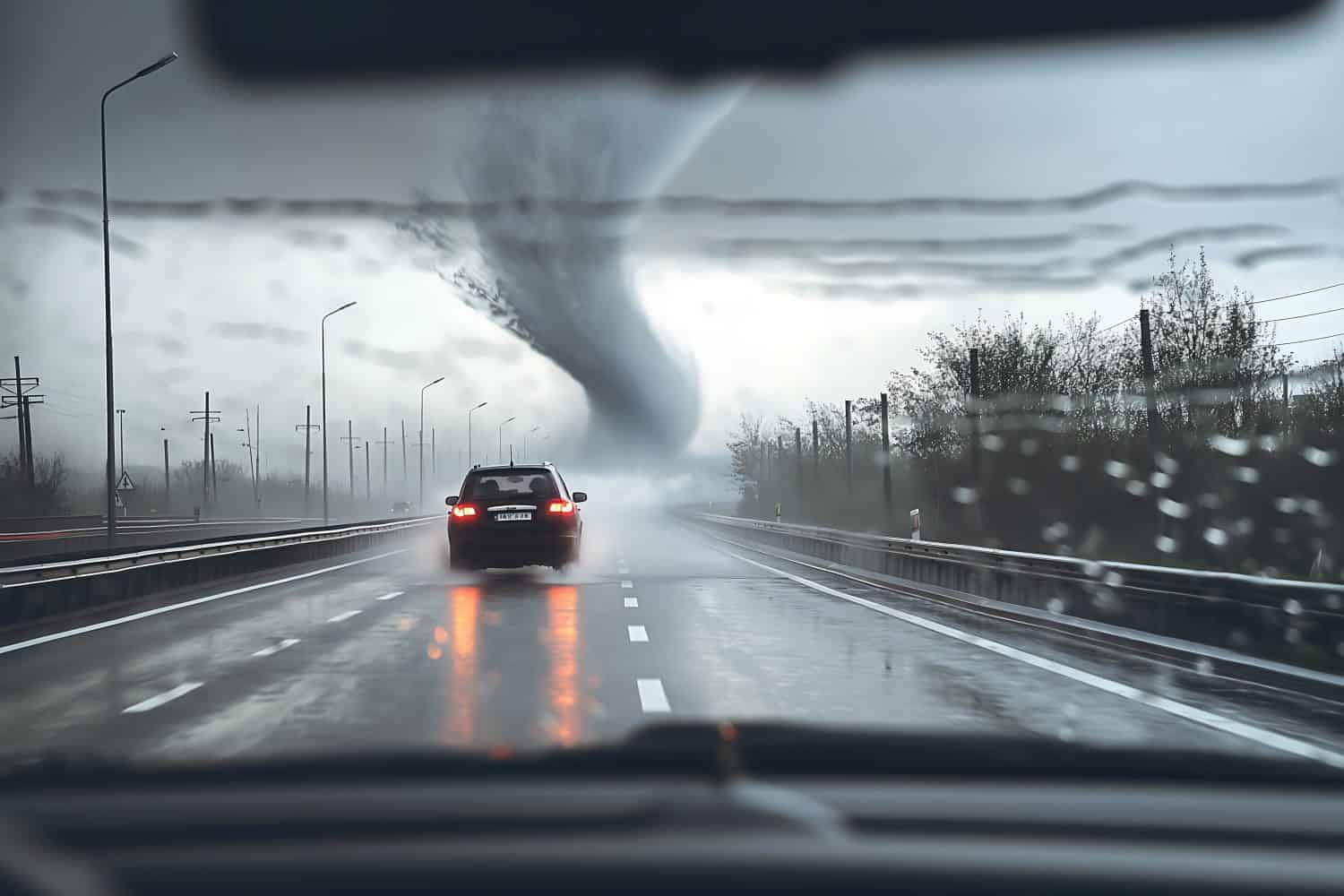
Published:
Last Updated:

Tornadoes are one of nature’s most awe-inspiring and deadly storms. They pack the highest wind speeds ever measured on Earth, up to 300+ mph. At that speed, a tornado can pick up vehicles, shatter buildings, and launch 2x4s like javelins with enough force to pierce a brick wall! As many states are in the midst of tornado season right now, you might care quite a bit about the likelihood of a tornado hitting your state. No worries, we’ve got you covered—read on to find out where tornadoes happen most often and learn some basic tornado safety.
24/7 Wall St. Insights

From sites such as the NOAA National Severe Storms Laboratory, The Weather Channel, and the National Weather Service, we’ve compiled a comprehensive list of the states with the most tornadoes. This is information you’ll want to take into account when you consider things like travel plans during tornado season, insurance coverage for your property, and fixing up an appropriate storm shelter in your house.
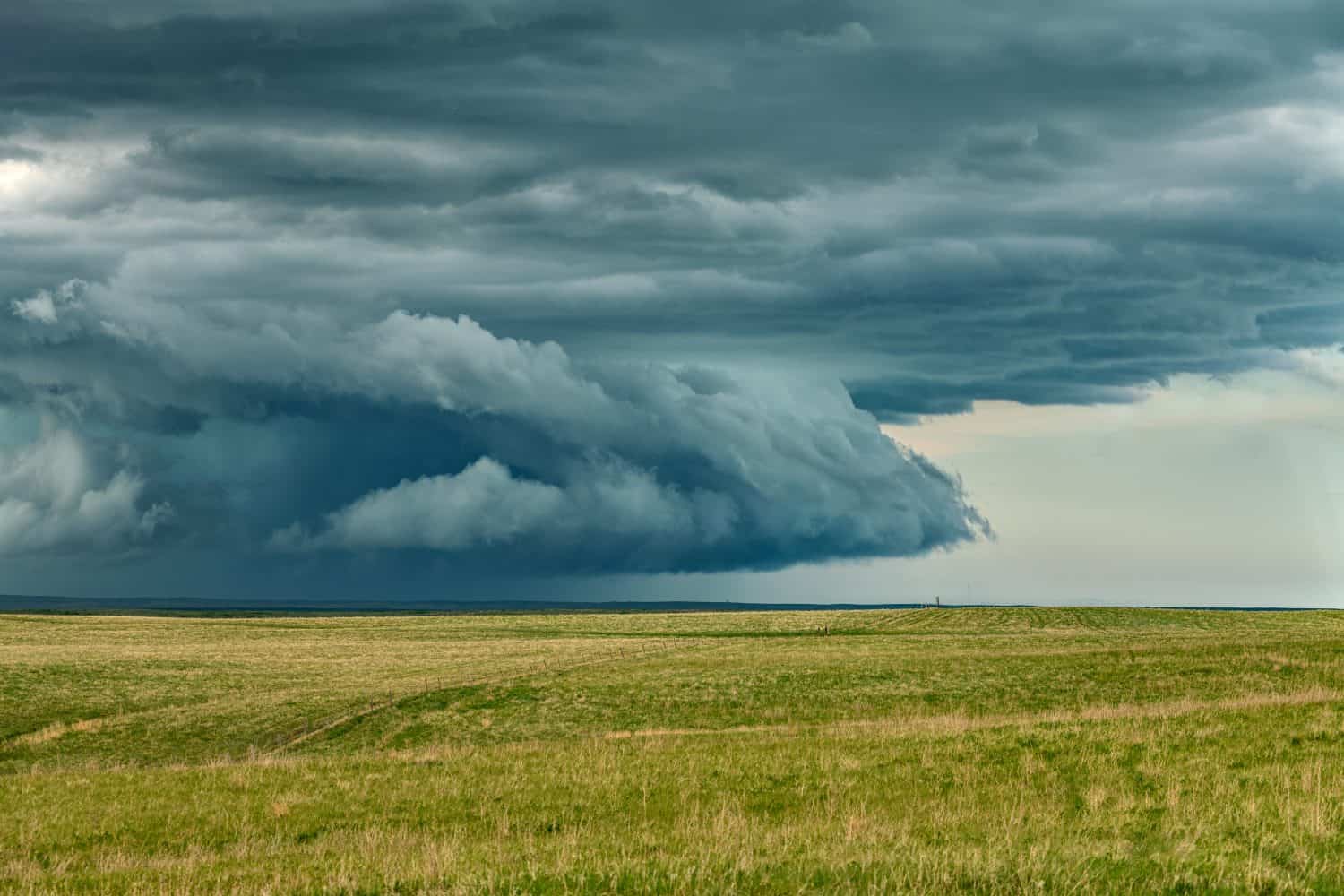
Meteorologists don’t entirely understand how tornadoes form, but in general terms, they are rotating vortexes that form from a specific type of thunderstorm known as a supercell. A convergence of warm and cool air creates a rotating updraft that can become an intensely violent storm up to a mile in diameter. A tornado can last for a few minutes to over an hour. It can settle over one place without moving much or crash over the landscape at up to 90 mph. They are most likely to take place in a windy, relatively flat landscape in the rainy and stormy weather of spring and summer.
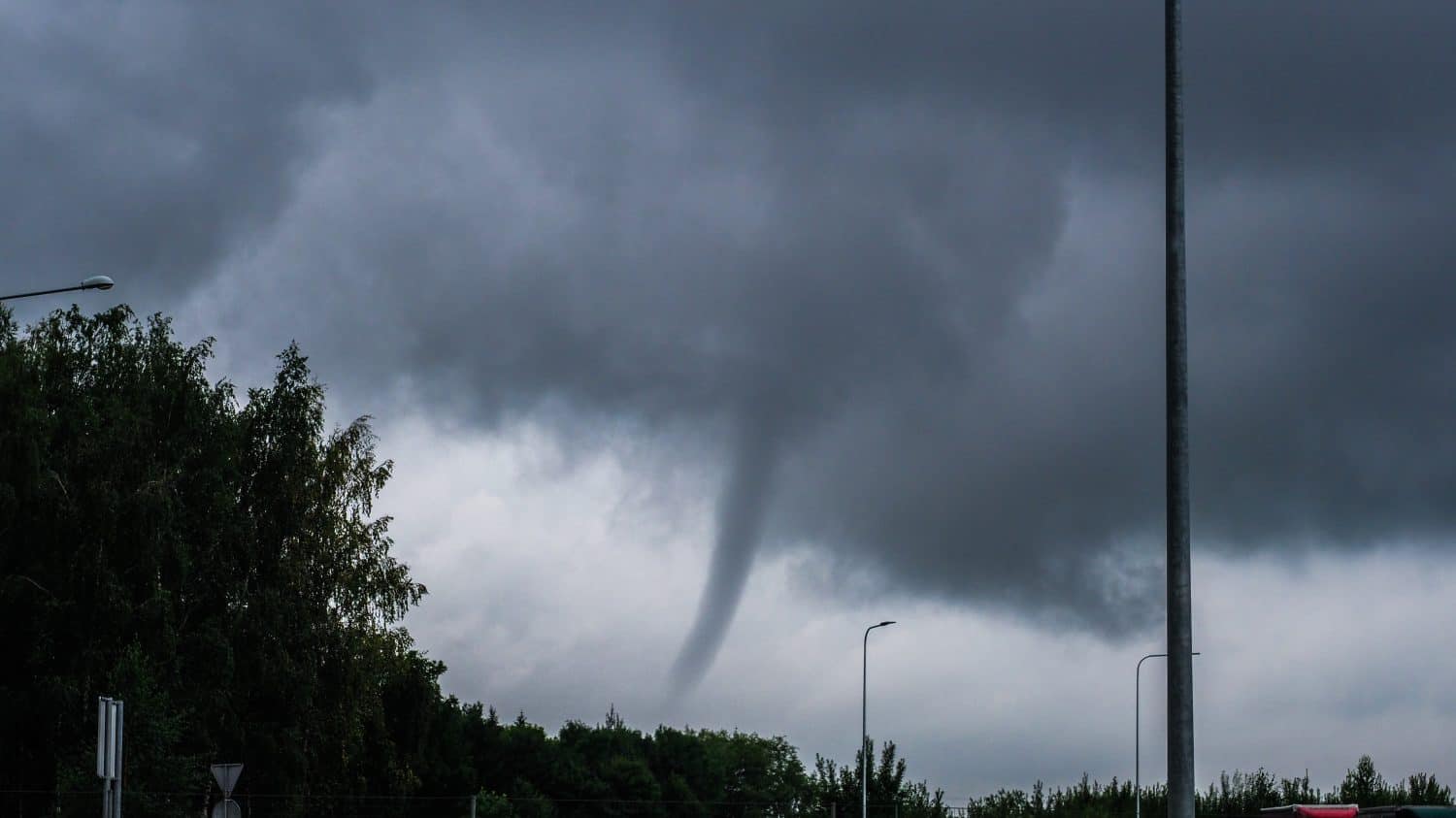
By far the United States has more tornadoes than any other country: an average of 1,200 a year. That’s about 75% of all the tornadoes in the world. Neighboring Canada has only a hundred or so weak tornadoes each year, given its colder temperatures. A second geographic region with concentrations of tornadoes is the so-called “Tornado Corridor” in South America, including parts of Argentina, Paraguay, Uruguay, and Brazil. Europe as a whole has about 250 tornadoes a year, with the most number per land area concentrated in the UK. Australia suffers about 50 tornadoes a year. The deadliest tornadoes take place in Bangladesh, as they are of similar intensity of those in the United States but occur in conditions of heavy population and inadequate medical care.
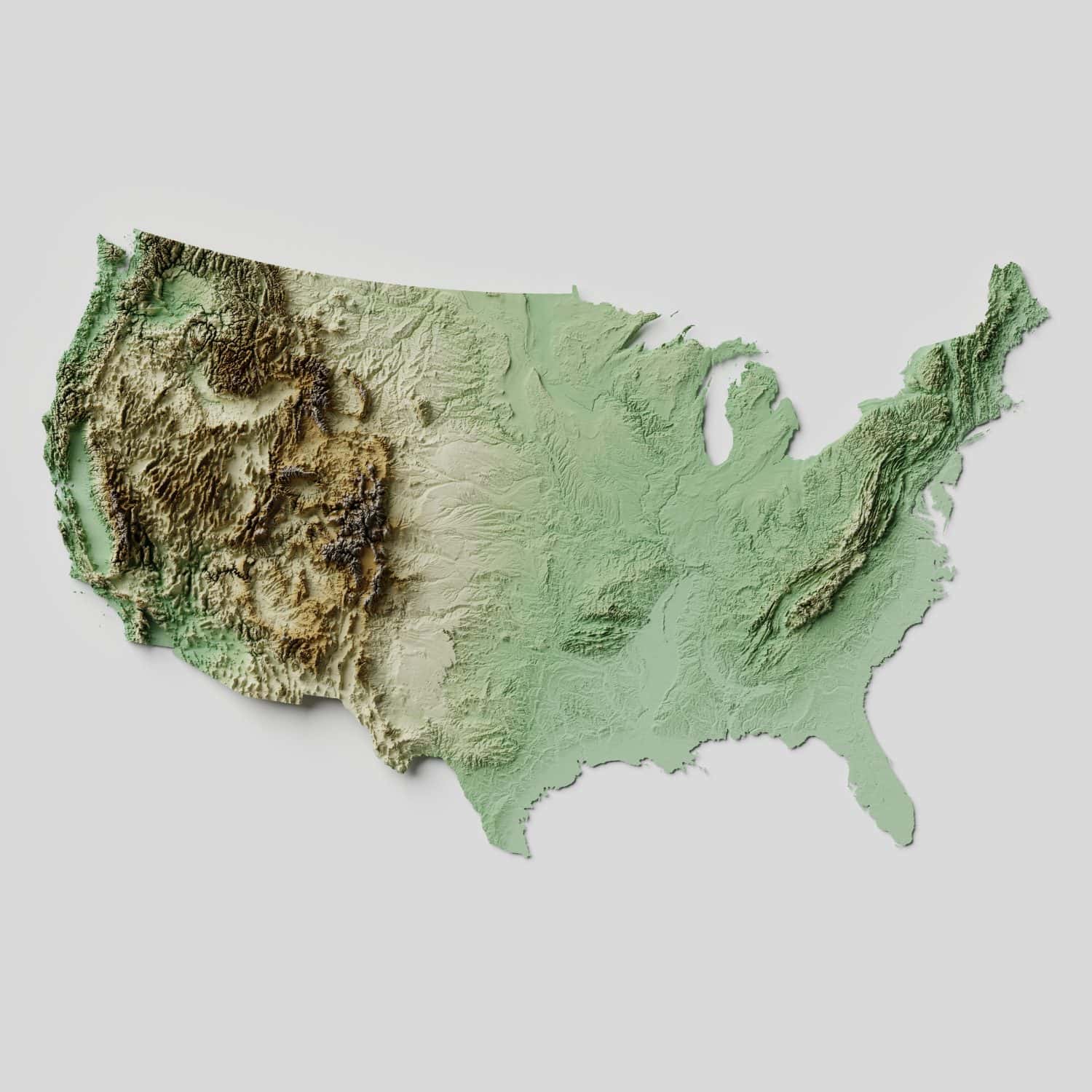
Most tornadoes in the United States happen in “Tornado Alley”—a band of states in the center of the country with no clear geographical boundaries, but usually including the Plains states from the Canadian border south through Texas, and from as far west as Colorado to as far east as Ohio. This area has ideal climactic and geographical conditions for the formation of big and frequent tornados.
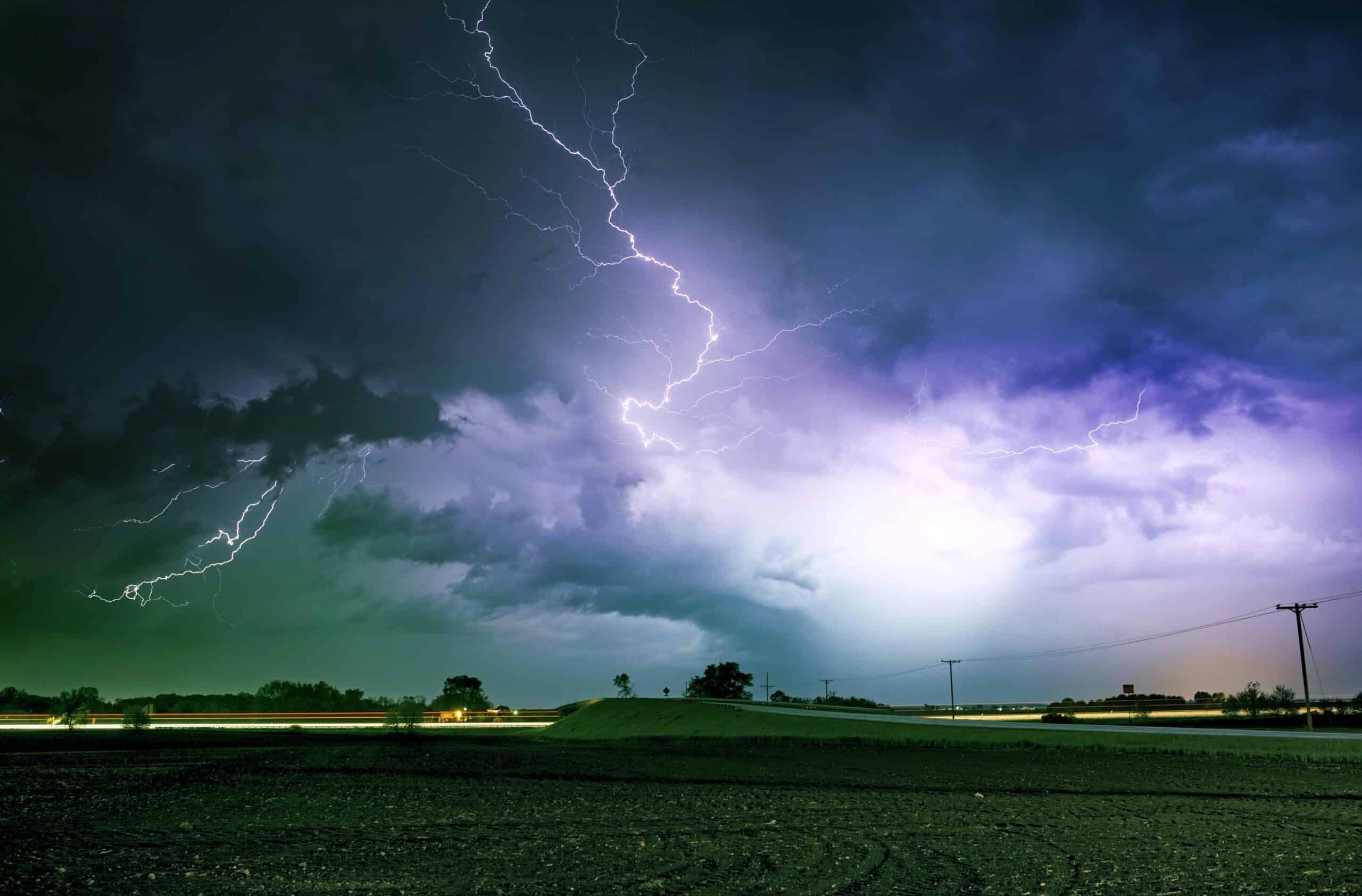
The Wizard of Oz helped sear Kansas in our minds as tornado country, and rightly so. Only Texas, a vastly larger state, has more tornadoes. Although the Great Plains are one of the most sparsely populated areas of the country, the frequent tornadoes there can flatten crops and destroy agricultural equipment and infrastructure. The costs get passed along to all of us through higher insurance rates and food prices to cover these losses.

Sensational media references and Hollywood films about “Tornado Alley” can create a sense of complacency about the danger of these storms in other parts of the country. In fact, the American South is equally subject to frequent tornadoes. In part, this is because the region is also a prime target of Atlantic and Caribbean hurricanes, which often spawn numerous tornadoes. The South gets nighttime tornadoes more frequently than other parts of the country, and this makes them more deadly as sleeping people don’t always hear alerts and sirens. Alabama has had some especially deadly storms over the years.
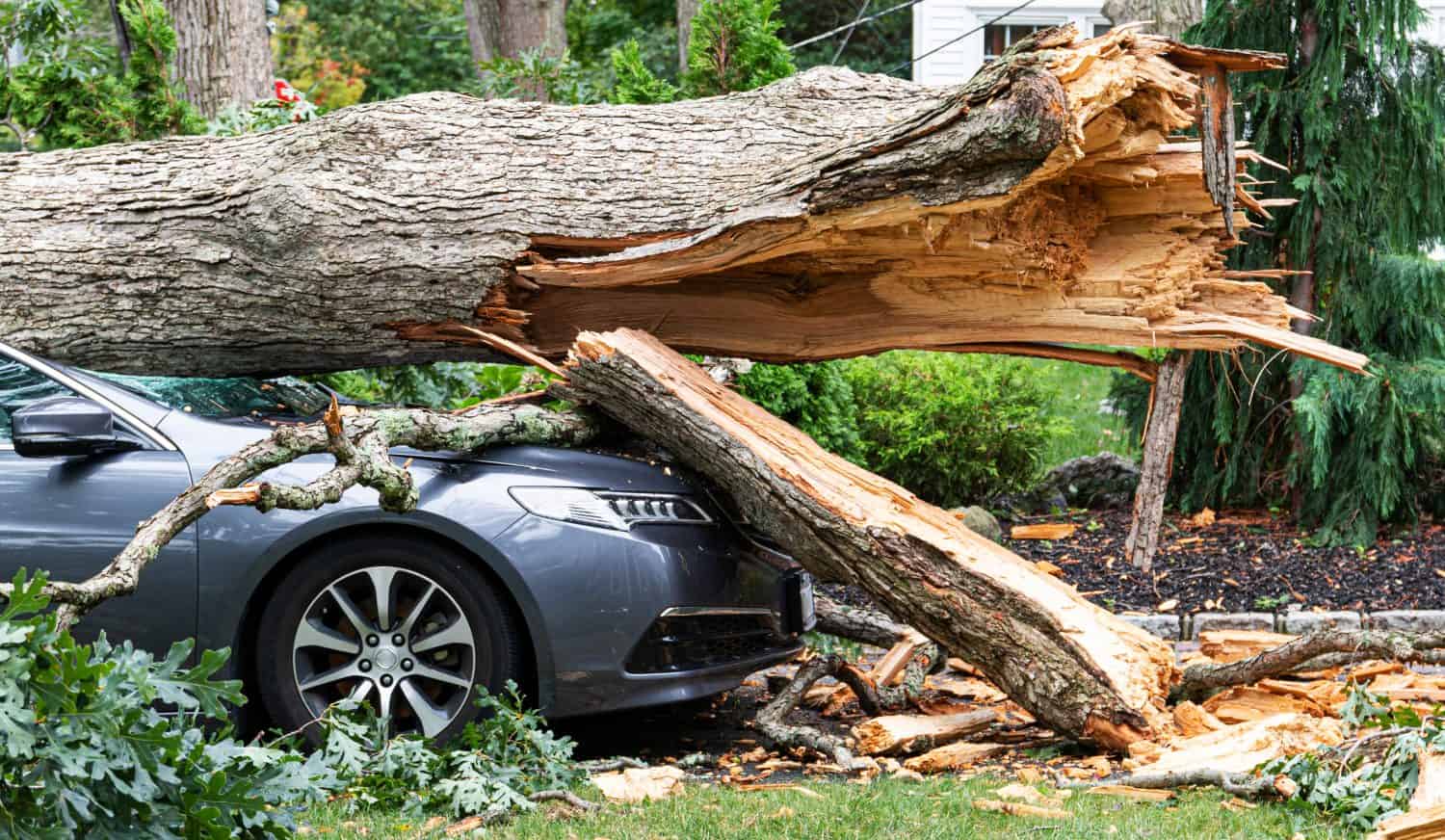
The Northeast is the area with the fewest tornados, but Pennsylvania and New York, the largest states in the region, have the lion’s share. The region occasionally suffers a tornado-spawning hurricane, or the after-effects of one that travels up the coast from the South. Rhode Island is the only state that averages zero tornadoes a year. They have occurred there, but so infrequently that in an average year there is unlikely to be one.
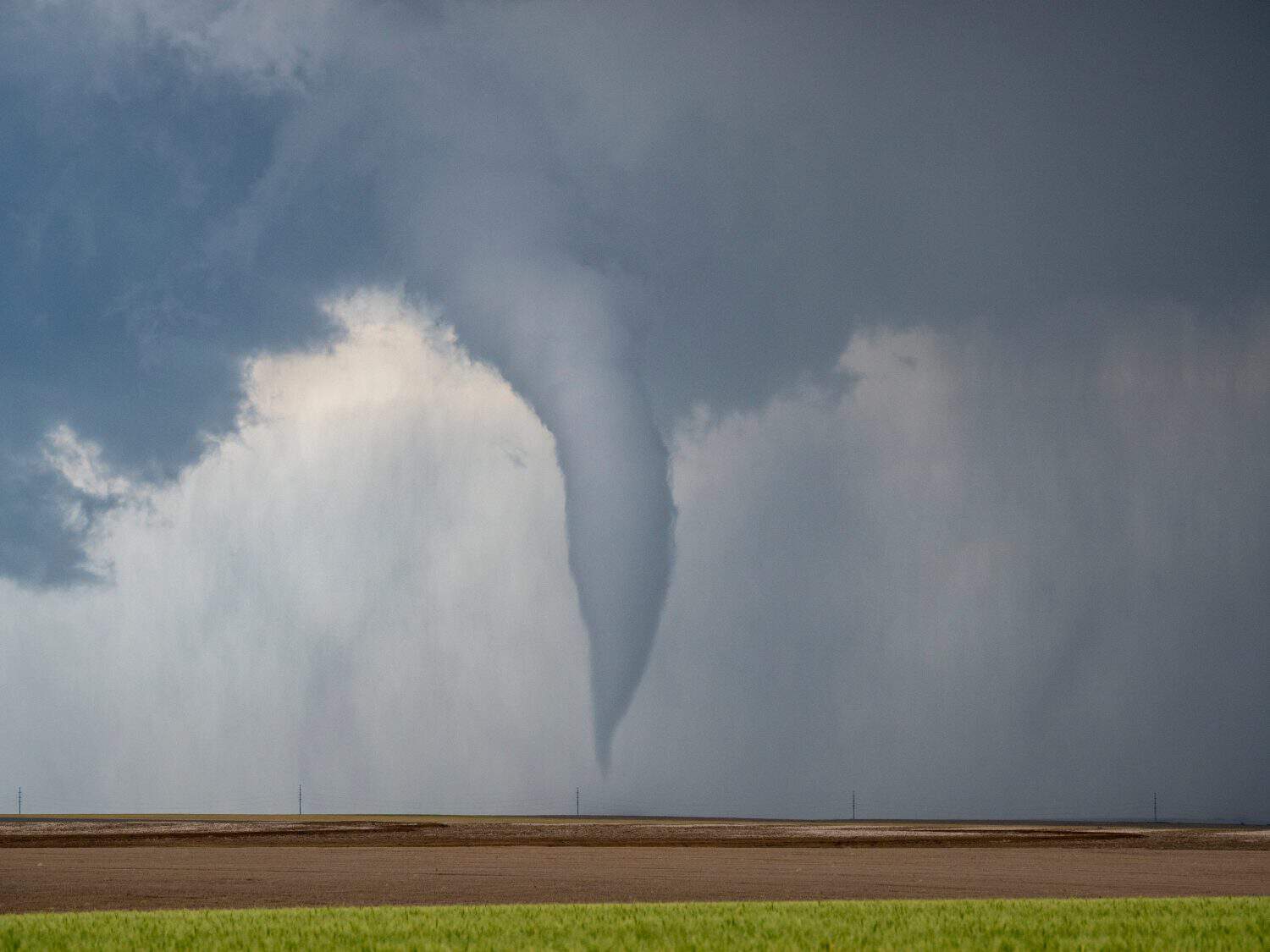
In the West, Colorado gets by far the most tornadoes. If your mind immediately goes to the Rocky Mountains when you think of this state, keep in mind that the eastern half of it is a plain just like neighboring Nebraska and Kansas. Tornadoes do happen in the mountains as well, though. In Wyoming, for example, a strong tornado touched down and crossed the Continental Divide in Yellowstone National Park. You might be surprised to see Alaska on the list at all. Though rare, there have been documented cases of tornadoes there, including photos of one touching down on a mountain peak.
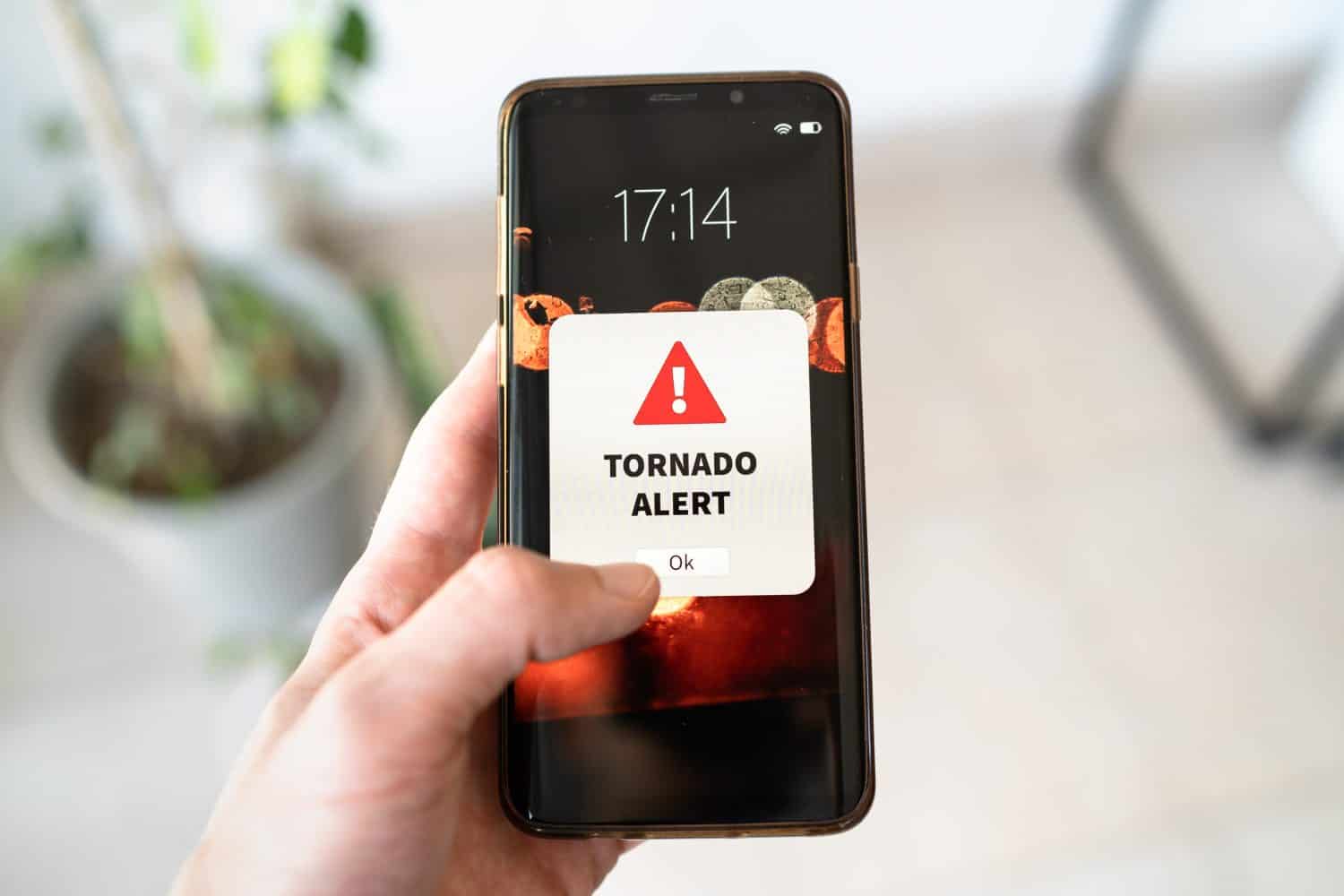
There’s no need to live in terror of tornadoes, but there’s no need to be caught completely unprepared, either. Knowledge and preparation can help ease your mind, knowing you have done all you can to get ready for a worst-case scenario that, with any luck, will not actually come to pass. Next are some suggestions from the American Red Cross and others to help keep you, your property, and your family safe during and after a tornado.
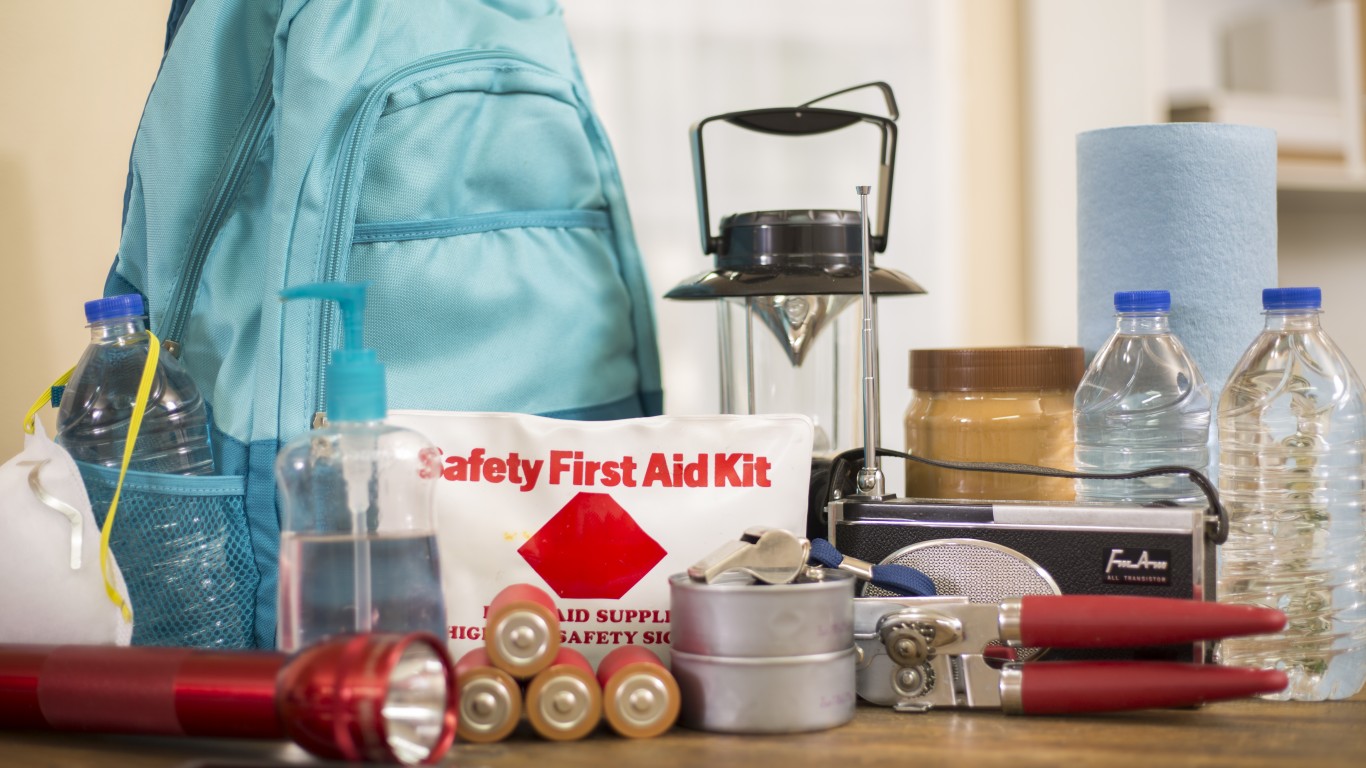
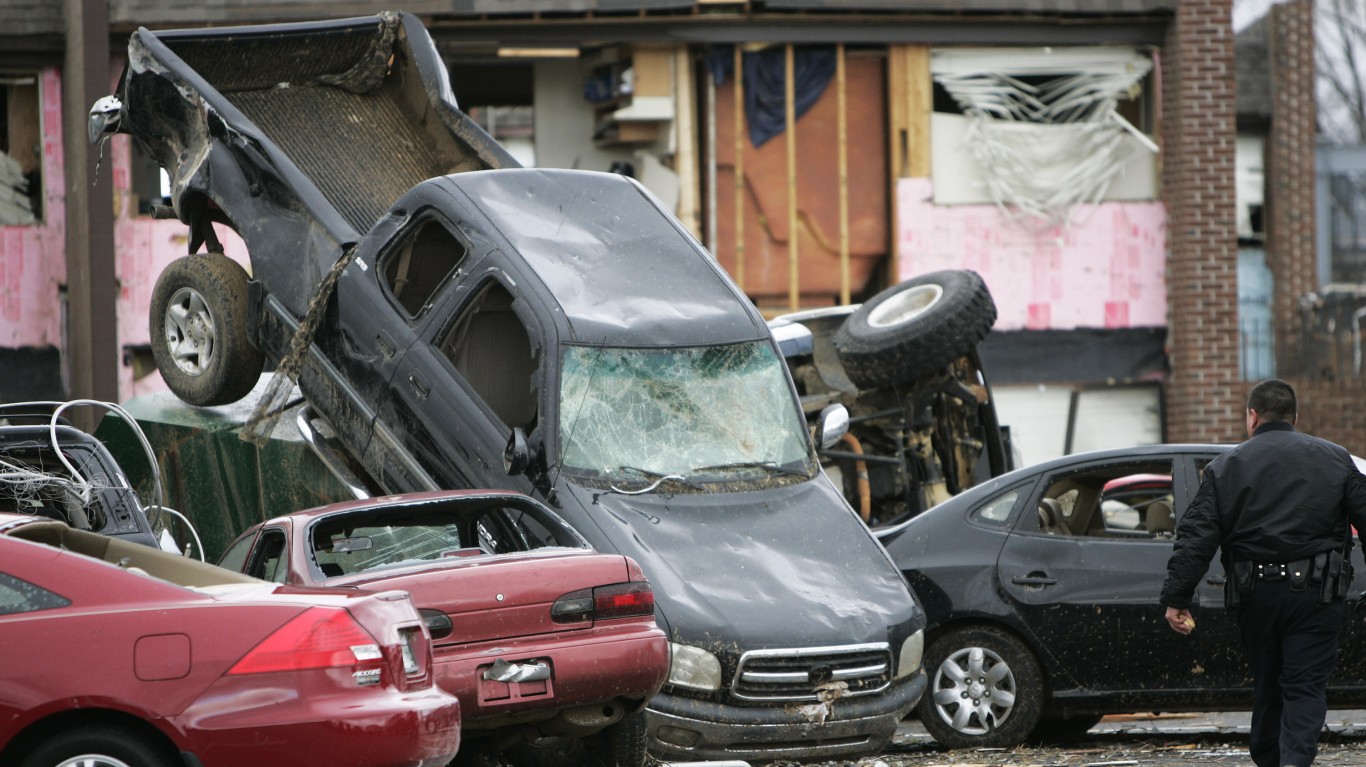
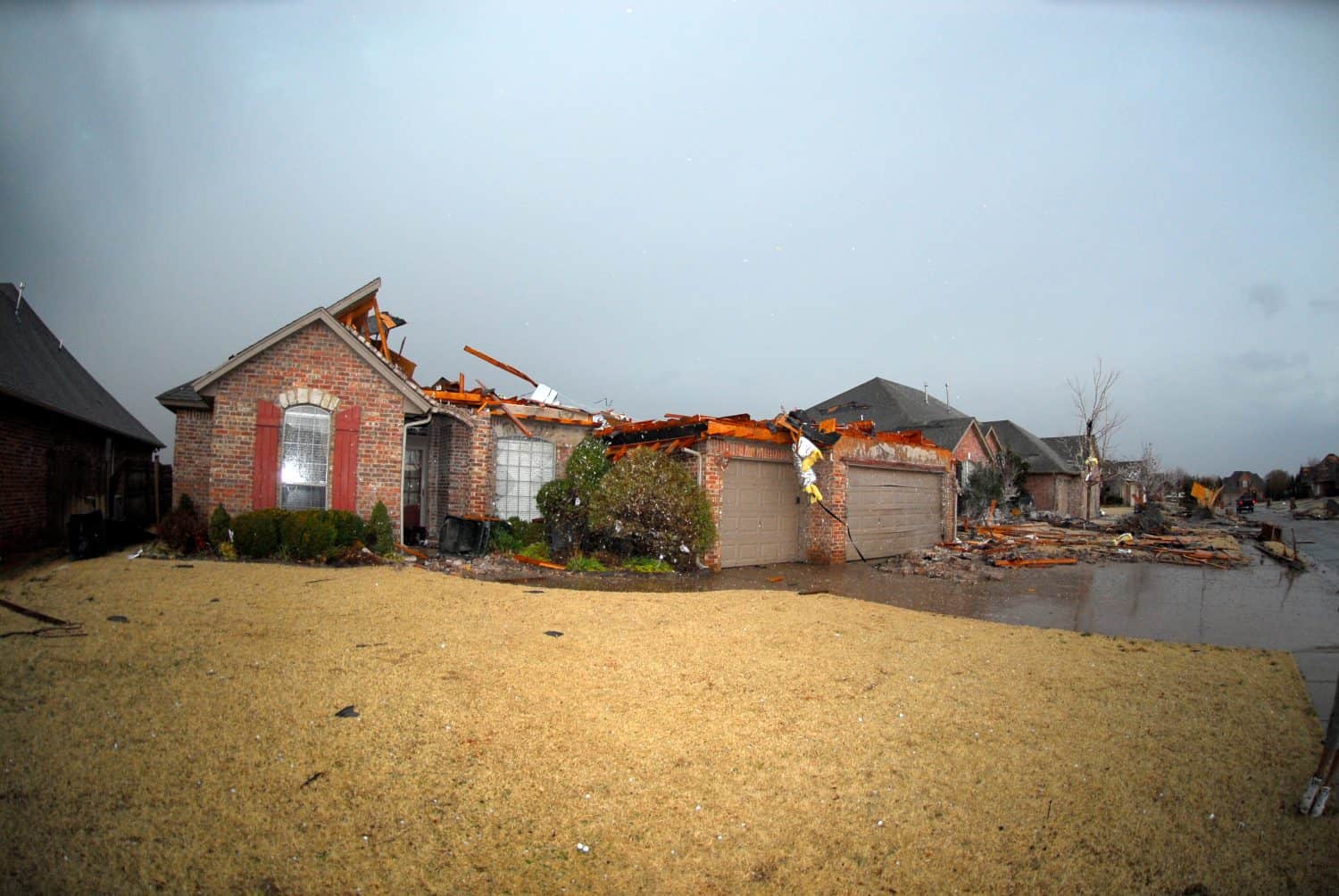
Credit card companies are pulling out all the stops, with the issuers are offering insane travel rewards and perks.
We’re talking huge sign-up bonuses, points on every purchase, and benefits like lounge access, travel credits, and free hotel nights. For travelers, these rewards can add up to thousands of dollars in flights, upgrades, and luxury experiences every year.
It’s like getting paid to travel — and it’s available to qualified borrowers who know where to look.
We’ve rounded up some of the best travel credit cards on the market. Click here to see the list. Don’t miss these offers — they won’t be this good forever.
Thank you for reading! Have some feedback for us?
Contact the 24/7 Wall St. editorial team.